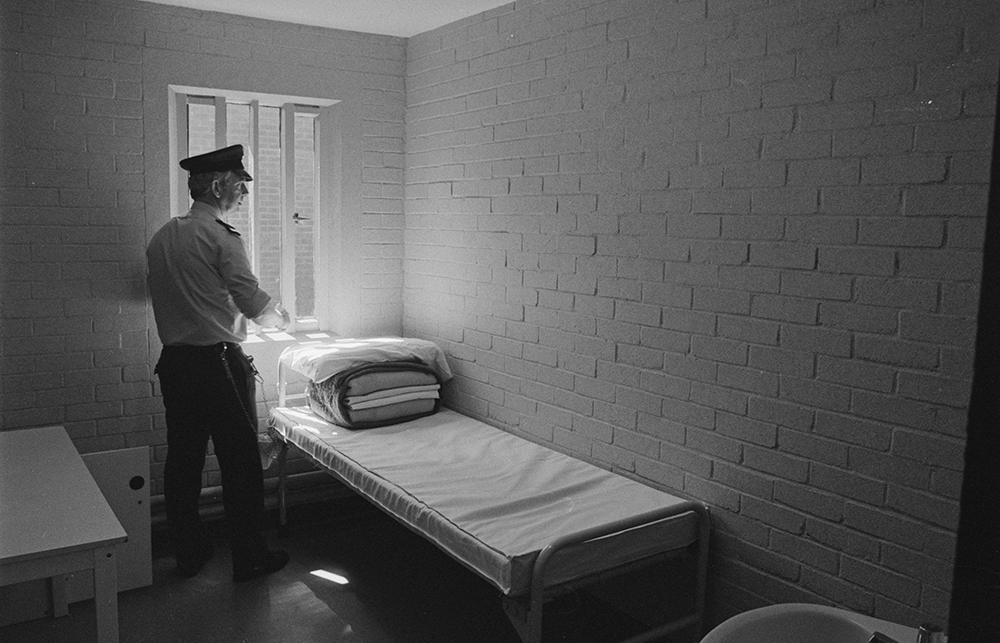When the Covid pandemic began, one fear was that the virus would tear through prisons and cause up to 5,000 deaths. The prison service, at its best in a crisis, introduced lockdowns and control measures. These were effective and, from March 2020 to September last year, only 207 prisoners died having tested positive for Covid-19 within the previous 60 days or with the virus confirmed as a contributory factor post-mortem.
Locking down was always going to be the easy bit – there is an old prison-officer saying that ‘happiness is door-shaped’ (meaning that prisoners who are locked up can’t do any harm). The hard bit is getting prisoners back into work, education or training. And the lingering effect of lockdown policies still makes it hard today.
Prisoners are not being motivated to get off the wing and into activities. They’ve become bored and indolent
Since May last year, when the final Covid restrictions were lifted, we’ve inspected 20 training prisons – jails that are supposed to be giving lower-risk prisoners the skills they need to resettle successfully after finishing their sentences.

Get Britain's best politics newsletters
Register to get The Spectator's insight and opinion straight to your inbox. You can then read two free articles each week.
Already a subscriber? Log in






Comments
Join the debate for just $5 for 3 months
Be part of the conversation with other Spectator readers by getting your first three months for $5.
UNLOCK ACCESS Just $5 for 3 monthsAlready a subscriber? Log in